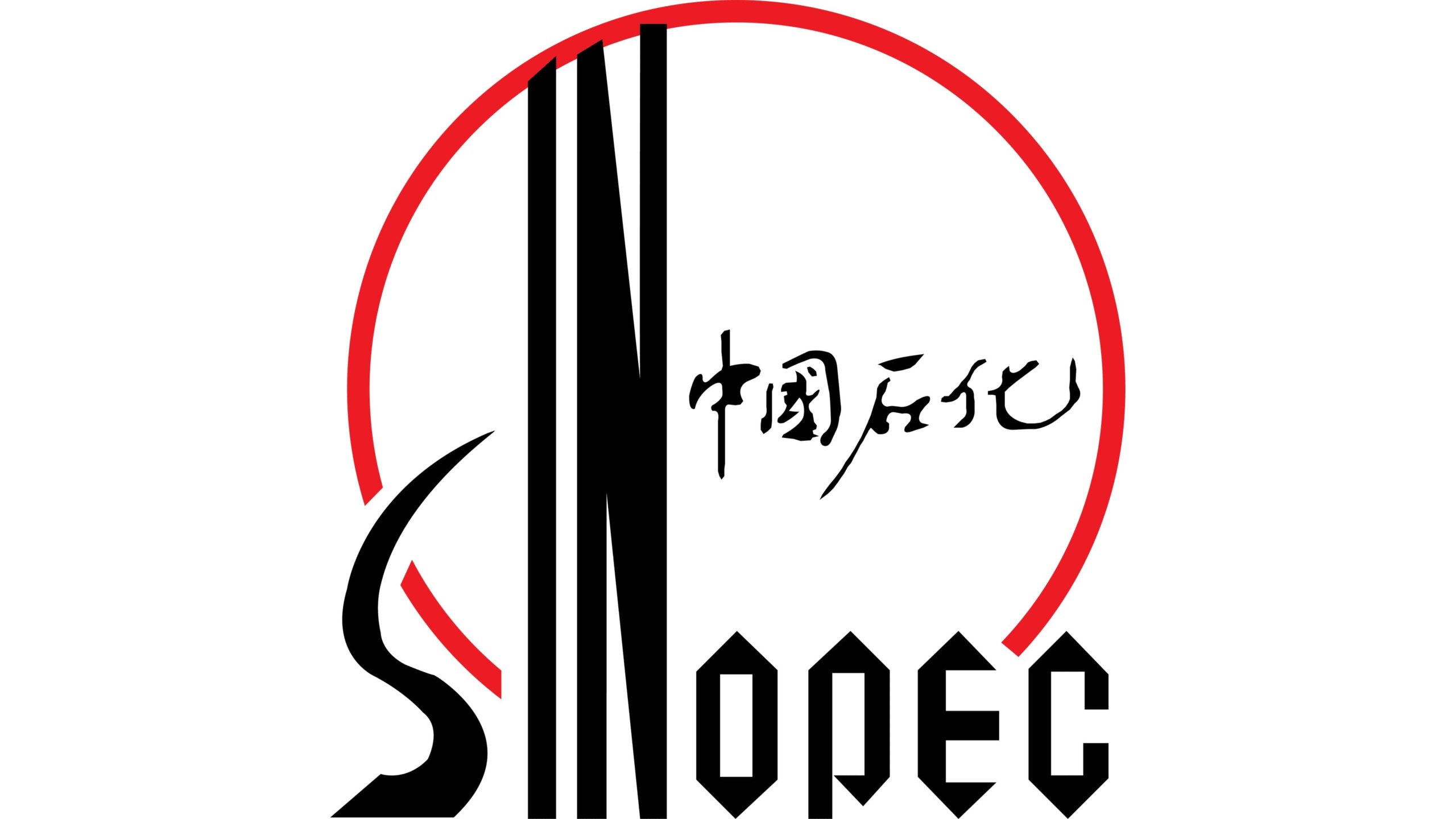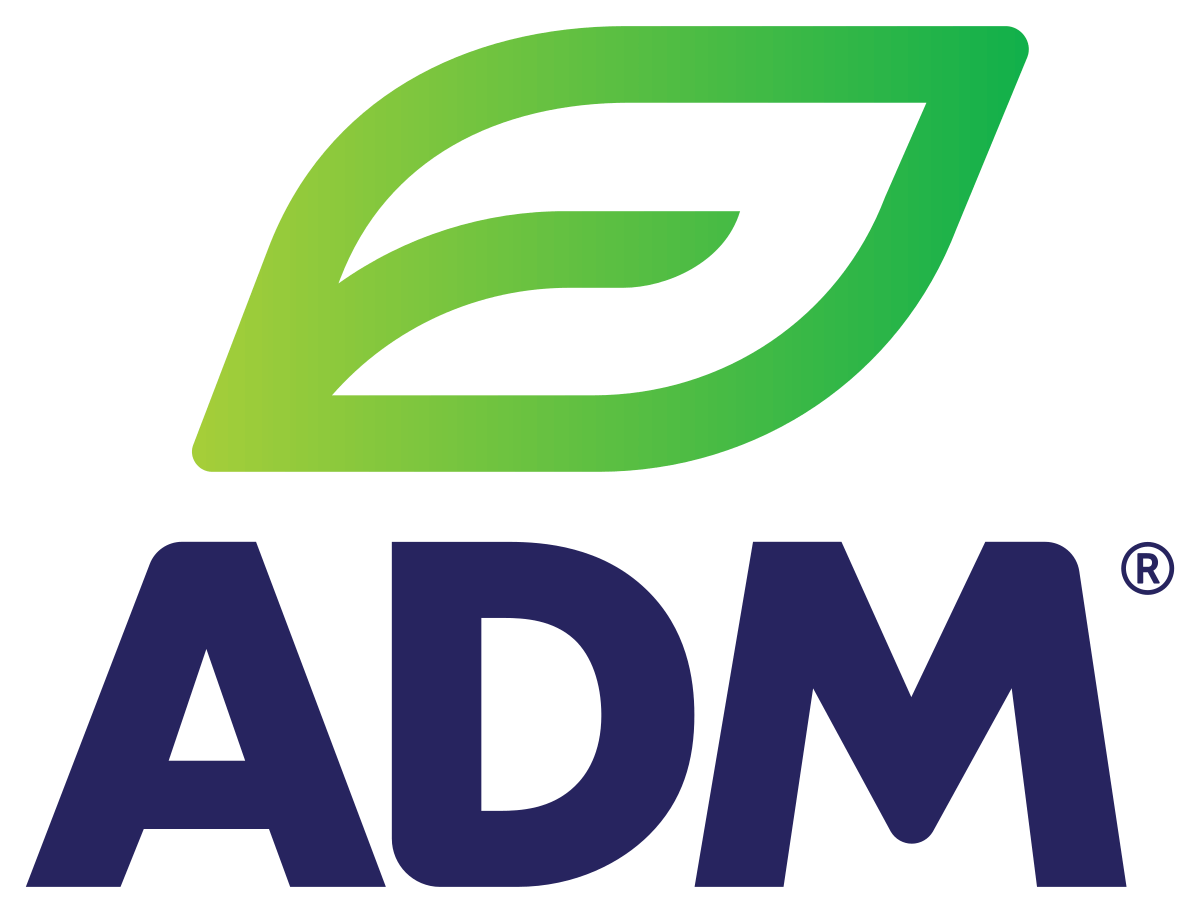Global Liquid Hydrogen Market By Distribution, By End Use Industry, By Region: Global Insights, Growth, Size, Comparative Analysis, Trends and Forecast, 2023 – 2031
- Industry: Chemicals & Materials
- Report ID: TNR-110-1016
- Number of Pages: 420
- Table/Charts : Yes
- November, 2023
- Base Year : 2024
- No. of Companies : 9+
- No. of Countries : 29
- Views : 10118
- Covid Impact Covered: Yes
- War Impact Covered: Yes
- Formats : PDF, Excel, PPT
Global Liquid Hydrogen Market Accounted for US$ 40.25 Billion in 2022, Growing at an Estimated CAGR of 5.3% from 2023-2031.
Liquid Hydrogen is a cryogenic, colorless, and odorless form of hydrogen gas cooled to extremely low temperatures, around -423°F (-253°C). It’s stored and transported as a liquid due to its high energy density, making it a crucial component in various applications, including rocket propulsion, hydrogen fuel cells, and as an alternative clean energy source.
In the global liquid hydrogen market by distribution, cryogenic tanks segment holds the largest share. These tanks are widely used for storing and transporting liquid hydrogen due to their efficiency and ability to maintain extremely low temperatures. Cryogenic tank technology has been well-established and trusted in various applications, including industrial processes, rocket propulsion, and as a feedstock for hydrogen production.
Global Liquid Hydrogen Market Revenue & Volume Forecast, (US$ Million & Kilo Tons), 2015 – 2031
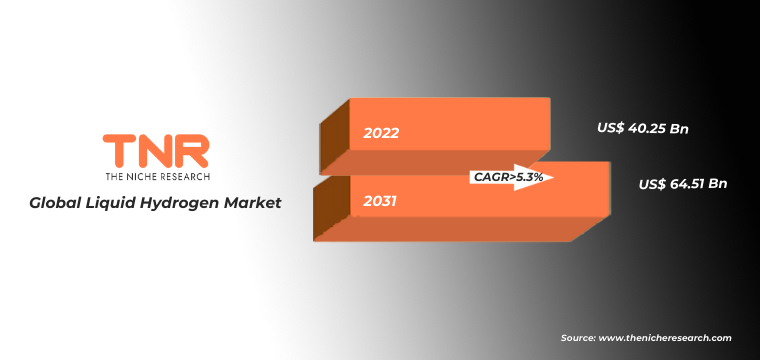
COVID-19 Impact Analysis on Global Liquid Hydrogen Market
Pre-COVID-19, the liquid hydrogen market was gradually expanding due to increasing interest in clean energy solutions and advancements in hydrogen technologies. However, the pandemic disrupted supply chains and led to uncertainties, affecting market growth. Post-COVID-19, the focus on decarbonization and renewable energy sources accelerated, reviving the Liquid Hydrogen Market. Investments in green hydrogen production and hydrogen-powered transportation surged as countries aimed to recover with sustainable energy solutions, highlighting the resilience and potential of the market in a post-pandemic world.

One of the key drivers of the liquid hydrogen market is the global transition towards clean energy sources. Hydrogen is gaining prominence as a clean and versatile energy carrier. According to the International Energy Agency (IEA), hydrogen’s use in fuel cells and industrial processes could reduce annual CO2 emissions by up to 830 million tons by 2030. Governments and industries are investing heavily in hydrogen infrastructure and production, with the European Union alone planning to invest €40 billion in hydrogen-related projects. This driver is fueled by the urgency to reduce carbon emissions and combat climate change, making hydrogen an integral part of the clean energy transition.
A significant restraint in the liquid hydrogen market is the cost of production and the need for extensive infrastructure development. The production of green hydrogen, using renewable energy sources, is cost-intensive, hindering its widespread adoption. According to the Hydrogen Council, the cost of green hydrogen production needs to decrease by 50% to 75% to be competitive with other forms of hydrogen. Moreover, establishing a hydrogen distribution network, including pipelines and storage facilities, requires substantial investments. This presents a barrier to entry and widespread deployment, slowing down the market’s growth, especially in regions with limited hydrogen infrastructure.
Among end-use industries, the industrial sector was the dominating segment in the global liquid hydrogen market in 2022. It utilized liquid hydrogen for various industrial processes, including petrochemical production and as a feedstock for hydrogenation reactions. For example, in the chemical industry, liquid hydrogen is used for hydrocracking processes, which refine and upgrade hydrocarbons.
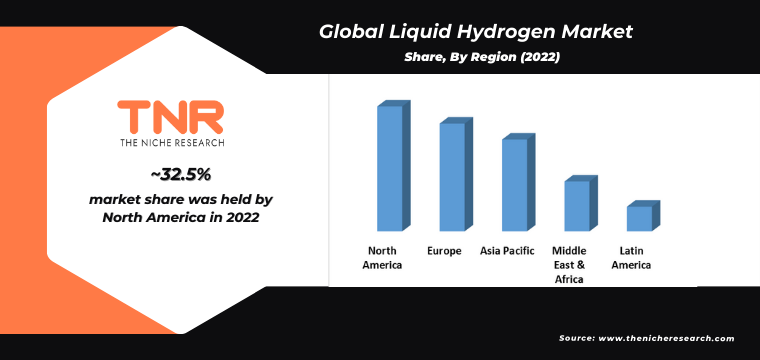
North America accounted for almost 40% of the global liquid hydrogen market in 2022. The region has well-established infrastructure and applications for liquid hydrogen, including aerospace and energy sectors. For instance, the U.S. is a major player in space exploration and utilizes liquid hydrogen as rocket fuel. Additionally, initiatives like the U.S. National Hydrogen and Fuel Cell Roadmap emphasized the strategic importance of hydrogen, supporting its dominance in the market.
Competitive Landscape: Global Liquid Hydrogen Market
- Air Liquide
- Air Products and Chemicals, Inc.
- Cryolor
- Hylium Industries, Inc.
- INOX India Limited
- Iwatani Corporation
- Linde plc
- Messer SE & Co. KGaA
- Plug Power Inc.
- Other Industry Participants
Global Liquid Hydrogen Market Report Coverage
| Report Specifications | Details |
| Market Revenue in 2022 | US$ 40.25 Billion |
| Market Size Forecast by 2031 | US$ 64.51 Billion |
| Growth Rate (CAGR) | 5.3% |
| Historic Data | 2015 – 2021 |
| Base Year for Estimation | 2022 |
| Forecast Period | 2023 – 2031 |
| Report Inclusions | Market Size & Estimates, Market Dynamics, Competitive Scenario, Trends, Growth Factors, Market Determinants, Key Investment Segmentation, Product/Service/Solutions Benchmarking |
| Segments Covered | By Distribution, By End Use Industry |
| Regions Covered | North America, Europe, Asia Pacific, Middle East & Africa, Latin America |
| Countries Covered | U.S., Canada, Mexico, Rest of North America, France, The UK, Spain, Germany, Italy, Nordic Countries (Denmark, Finland, Iceland, Sweden, Norway), Benelux Union (Belgium, The Netherlands, Luxembourg), Rest of Europe, China, Japan, India, New Zealand, Australia, South Korea, Southeast Asia (Indonesia, Thailand, Malaysia, Singapore, Rest of Southeast Asia), Rest of Asia Pacific, Saudi Arabia, UAE, Egypt, Kuwait, South Africa, Rest of Middle East & Africa, Brazil, Argentina, Rest of Latin America |
| Key Players | Air Liquide, Air Products and Chemicals, Inc., Cryolor, Hylium Industries, Inc., INOX India Limited, Iwatani Corporation, Linde plc, Messer SE & Co. KGaA, Plug Power Inc., Other Industry Participants |
| Customization Scope | Customization allows for the inclusion/modification of content pertaining to geographical regions, countries, and specific market segments. |
| Pricing & Procurement Options | Explore purchase options tailored to your specific research requirements |
| Contact Details | Consult With Our Expert
Japan (Toll-Free): – +81 663-386-8111 South Korea (Toll-Free): – +82-808- 703-126 Saudi Arabia (Toll-Free): – +966 800 850 1643 United States: +1 302-232-5106 United Kingdom: +447537105080 E-mail: askanexpert@thenicheresearh.com
|
Global Liquid Hydrogen Market:
By Distribution
- Pipelines
- Cryogenic Tanks
- Others
By End Use Industry
- Aerospace
- Automotive and Transportation
- Energy and Power
- Industrial Sector
- Others
By Region
- North America (U.S., Canada, Mexico, Rest of North America)
- Europe (France, The UK, Spain, Germany, Italy, Nordic Countries (Denmark, Finland, Iceland, Sweden, Norway), Benelux Union (Belgium, The Netherlands, Luxembourg), Rest of Europe)
- Asia Pacific (China, Japan, India, New Zealand, Australia, South Korea, Southeast Asia (Indonesia, Thailand, Malaysia, Singapore, Rest of Southeast Asia), Rest of Asia Pacific)
- Middle East & Africa (Saudi Arabia, UAE, Egypt, Kuwait, South Africa, Rest of Middle East & Africa)
- Latin America (Brazil, Argentina, Rest of Latin America)
Report Coverage and Deliverables: LINK
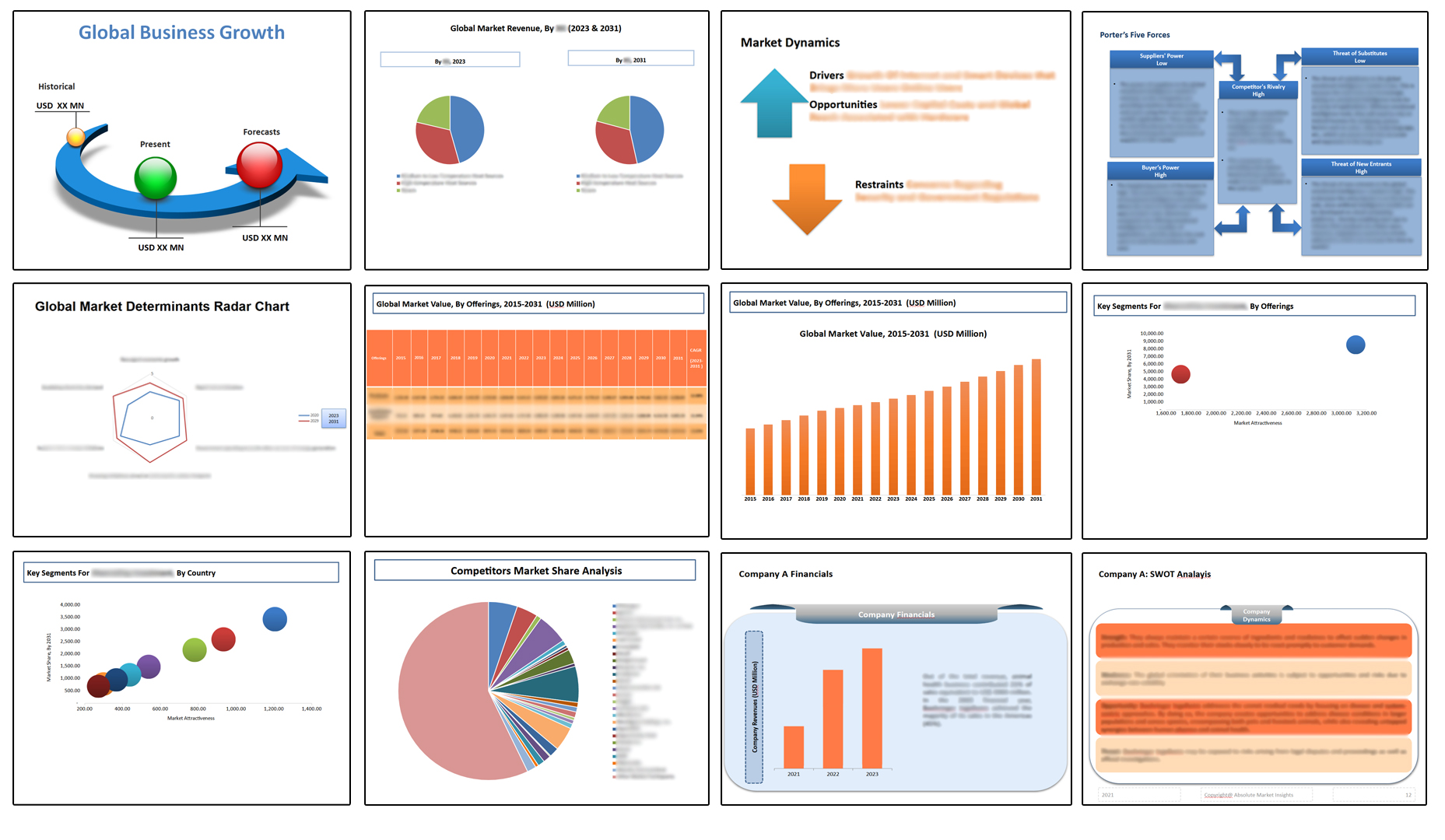
Table of Contents
**Exclusive for Multi-User and Enterprise User.
Global Liquid Hydrogen Market Segmentation
By Distribution
By End Use Industry
By Region
**Note: The report covers cross-segmentation analysis by region further into countries
The Niche Research approach encompasses both primary and secondary research methods to provide comprehensive insights. While primary research is the cornerstone of our studies, we also incorporate secondary research sources such as company annual reports, premium industry databases, press releases, industry journals, and white papers.
Within our primary research, we actively engage with various industry stakeholders, conducting paid interviews and surveys. Our meticulous analysis extends to every market participant in major countries, allowing us to thoroughly examine their portfolios, calculate market shares, and segment revenues.
Our data collection primarily focuses on individual countries within our research scope, enabling us to estimate regional market sizes. Typically, we employ a bottom-up approach, meticulously tracking trends in different countries. We analyze growth drivers, constraints, technological innovations, and opportunities for each country, ultimately arriving at regional figures.Our process begins by examining the growth prospects of each country. Building upon these insights, we project growth and trends for the entire region. Finally, we utilize our proprietary model to refine estimations and forecasts.
Our data validation standards are integral to ensuring the reliability and accuracy of our research findings. Here’s a breakdown of our data validation processes and the stakeholders we engage with during our primary research:
- Supply Side Analysis: We initiate a supply side analysis by directly contacting market participants, through telephonic interviews and questionnaires containing both open-ended and close-ended questions. We gather information on their portfolios, segment revenues, developments, and growth strategies.
- Demand Side Analysis: To gain insights into adoption trends and consumer preferences, we reach out to target customers and users (non-vendors). This information forms a vital part of the qualitative analysis section of our reports, covering market dynamics, adoption trends, consumer behavior, spending patterns, and other related aspects.
- Consultant Insights: We tap into the expertise of our partner consultants from around the world to obtain their unique viewpoints and perspectives. Their insights contribute to a well-rounded understanding of the markets under investigation.
- In-House Validation: To ensure data accuracy and reliability, we conduct cross-validation of data points and information through our in-house team of consultants and utilize advanced data modeling tools for thorough verification.
The forecasts we provide are based on a comprehensive assessment of various factors, including:
- Market Trends and Past Performance (Last Five Years): We accurately analyze market trends and performance data from preceding five years to identify historical patterns and understand the market’s evolution.
- Historical Performance and Growth of Market Participants: We assess the historical performance and growth trajectories of key market participants. This analysis provides insights into the competitive landscape and individual company strategies.
- Market Determinants Impact Analysis (Next Eight Years): We conduct a rigorous analysis of the factors that are projected to influence the market over the next eight years. This includes assessing both internal and external determinants that can shape market dynamics.
- Drivers and Challenges for the Forecast Period:Identify the factors expected to drive market growth during the forecast period, as well as the challenges that the industry may face. This analysis aids in deriving an accurate growth rate projection.
- New Acquisitions, Collaborations, or Partnerships: We keep a close watch on any new acquisitions, collaborations, or partnerships within the industry. These developments can have a significant impact on market dynamics and competitiveness.
- Macro and Micro Factors Analysis:A thorough examination of both macro-level factors (e.g., economic trends, regulatory changes) and micro-level factors (e.g., technological advancements, consumer preferences) that may influence the market during the forecast period.
- End-User Sentiment Analysis: To understand the market from the end-user perspective, we conduct sentiment analysis. This involves assessing the sentiment, preferences, and feedback of the end-users, which can provide valuable insights into market trends.
- Perspective of Primary Participants: Insights gathered directly from primary research participants play a crucial role in shaping our forecasts. Their perspectives and experiences provide valuable qualitative data.
- Year-on-Year Growth Trend: We utilize a year-on-year growth trend based on historical market growth and expected future trends. This helps in formulating our growth projections, aligning them with the market’s historical performance.
Research process adopted by TNR involves multiple stages, including data collection, validation, quality checks, and presentation. It’s crucial that the data and information we provide add value to your existing market understanding and expertise. We have also established partnerships with business consulting, research, and survey organizations across regions and globally to collaborate on regional analysis and data validation, ensuring the highest level of accuracy and reliability in our reports.


